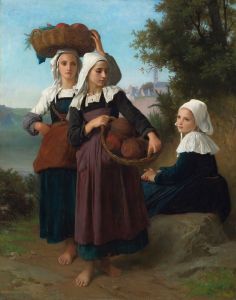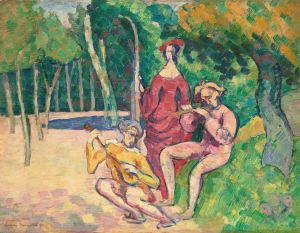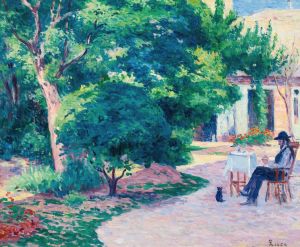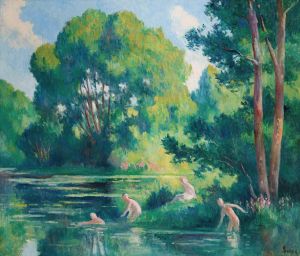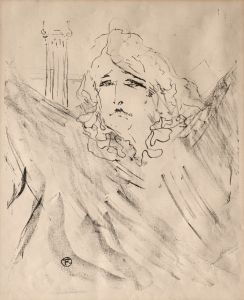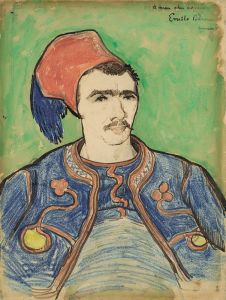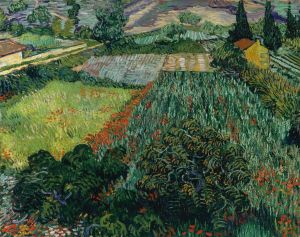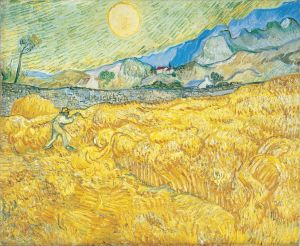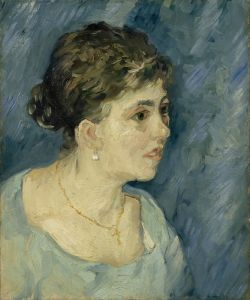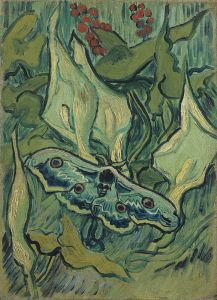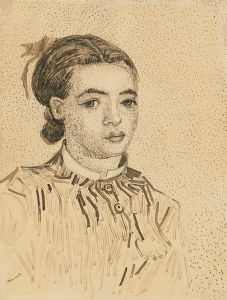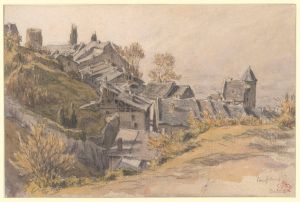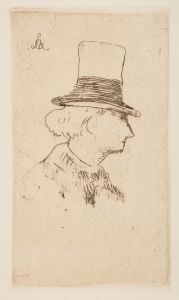
Bank of the Seine
A hand-painted replica of Vincent van Gogh’s masterpiece Bank of the Seine, meticulously crafted by professional artists to capture the true essence of the original. Each piece is created with museum-quality canvas and rare mineral pigments, carefully painted by experienced artists with delicate brushstrokes and rich, layered colors to perfectly recreate the texture of the original artwork. Unlike machine-printed reproductions, this hand-painted version brings the painting to life, infused with the artist’s emotions and skill in every stroke. Whether for personal collection or home decoration, it instantly elevates the artistic atmosphere of any space.
Vincent van Gogh, a Dutch post-impressionist painter, is renowned for his vivid use of color and expressive brushwork. Among his extensive body of work is the painting "Bank of the Seine," which reflects his fascination with the natural world and his evolving artistic style during his time in France.
"Bank of the Seine" was created during a pivotal period in Van Gogh's life. In 1886, Van Gogh moved to Paris, where he was exposed to the works of the Impressionists and other contemporary artists. This exposure significantly influenced his style, leading to a brighter palette and more dynamic compositions compared to his earlier, darker works from the Netherlands.
The painting depicts a serene scene along the Seine River, capturing the tranquil beauty of the riverbank. Van Gogh's choice of subject matter reflects his interest in the landscapes of Paris and its surroundings, which he explored extensively during his stay in the city. The Seine River, a prominent feature in the Parisian landscape, provided Van Gogh with ample inspiration for his work.
In "Bank of the Seine," Van Gogh employs a lighter color palette, characteristic of his Parisian period. The painting features soft blues, greens, and earthy tones, which convey a sense of calm and harmony. His brushwork is fluid and expressive, capturing the movement of the water and the lushness of the vegetation along the riverbank. This approach demonstrates Van Gogh's departure from the more somber tones of his earlier works and his embrace of the Impressionist influence.
Van Gogh's time in Paris was marked by significant artistic growth and experimentation. He interacted with other artists, such as Henri de Toulouse-Lautrec, Paul Gauguin, and Emile Bernard, who were also pushing the boundaries of traditional art. This environment encouraged Van Gogh to experiment with color theory and different techniques, which is evident in "Bank of the Seine."
The painting is not only a testament to Van Gogh's evolving style but also to his deep appreciation for nature. Throughout his career, Van Gogh was drawn to the beauty of the natural world, often finding solace and inspiration in landscapes. "Bank of the Seine" exemplifies this connection, as it captures a moment of tranquility and reflection.
Today, "Bank of the Seine" is recognized as an important work within Van Gogh's oeuvre, illustrating his transition from the darker, more subdued tones of his early career to the vibrant, expressive style that would define his later masterpieces. The painting is a valuable piece for understanding Van Gogh's artistic journey and his contributions to the post-impressionist movement.
Van Gogh's legacy continues to influence artists and captivate audiences worldwide. His ability to convey emotion through color and form has made his work timeless, and "Bank of the Seine" remains a beautiful example of his talent and vision.





